-
得标 神算子蒋敬¥1712024-04-08 20:35:16
-
出局 玉麒麟_卢俊义¥1602024-04-08 19:54:58
-
出局 森¥1502024-04-08 18:13:46
-
出局 吕受益¥1402024-04-08 11:28:23
-
出局 森¥1302024-04-08 07:38:45
-
出局 神算子蒋敬¥1302024-04-08 07:38:45
-
出局 森¥1202024-04-08 05:53:09
-
出局 玉麒麟_卢俊义¥1202024-04-08 05:53:09
-
出局 森¥1102024-04-07 22:46:35
-
出局 夕阳武士¥1002024-04-07 11:37:04
-
出局 三井寿¥1002024-04-07 11:37:04
-
出局 夕阳武士¥302024-04-07 11:33:05
-
出局 夜叉¥202024-04-06 13:37:01
-
出局 任盈盈¥102024-04-06 04:52:58
面值:$1
造币厂:20290000
材质:90% Silver, 10% Copper
直径:38.1
重量:26.73
指导价(美元):85
签名师:George T. Morgan
说明:The following narrative, with minor editing, is from my "Silver Dollars & Trade Dollars of the United States: A Complete Encyclopedia" (Wolfeboro, NH: Bowers and Merena Galleries, Inc., 1993)Coinage ContextAnother record: The mintage record in the Morgan series set in 1886 by Philadelphia didn't last long, and the 20,290,000 production figure for 1887 eclipsed it, if only by a narrow margin. The new record would stand until 1921.Numismatic InformationCommon issue: The record high mintage of 1887 Morgan dollars translates neatly today into the issue being the most plentiful of all Morgan issues of the early period from 1878 to 1904. Specimens are easily available in just about every circulation strike grade imaginable, from well-worn through MS-65. Those who like higher numbers, buyers mainly from the investment (rather than the numismatic) sector, will have no trouble loading themselves down with MS-66, MS-67, etc., coins.The 1887 dollar was plentiful years ago, and additional Treasury releases, from coins stored at the Philadelphia Mint, took place in 1938, the 1940s, the 1950s (particularly in December 1954), and the early 1960s. The number of Mint State coins surviving today is believed to run into seven figures.One lot of 100 bags existed as late as 1978. The Continental-Illinois Bank hoard, which was estimated to contain as many as 1,000 original bags of brilliant Uncirculated dollars plus an estimated 500 bags of circulated coins (1.5 million coins totally), included quantities of Mint State 1887 Morgans. The 1887 may, as Wayne Miller has written, be the most plentiful Morgan dollar in terms of 1,000-coin bags still in existence.Circulated grades: Worn 1887 dollars are plentiful, and because Mint State coins are so common, circulated pieces are not of much interest to numismatists. However, they make interesting presents to children.Mint State grades: It is probably redundant at this point to state that the 1887 is very common in Mint State. Most coins are average strikes, but individual specimens may vary either way, from quite flat to quite sharp. Cherrypicking for quality is advised and is not hard to accomplish. The lustre is apt to be a bit satiny or "greasy," on the dull side, rather than deeply lustrous and frosty. Perhaps some now unemployed coiner from the Carson City Mint, which produced superb quality coins, should have visited Philadelphia to show them how to do things right. In actuality, few if any people at the Philadelphia Mint cared about the quality of silver dollars. They were being produced to conform with a piece of legislation promoted by distant western interests, the 1878 Bland-Allison Act, and most pieces were destined to be sewn into mint bags and dumped into dark storage.Prooflike coins: There are many prooflike 1887 dollars in existence, but nearly all have little contrast between the fields and the devices. Many are one-sided. A hoard of cameo DMPL coins came to light in California in 1977, Wayne Miller related, and today this group is recognized as the mother lode for extant pieces of this calibre. Probably, several thousand coins remain in MS-64 DMPL or finer grade.Die rotation: VAM-1 exists with the reverse die rotated from 700 to 1420 clockwise from the normal orientation, and also with rotation from 800 to 1400counterclockwise. Van Allen and Mallis report that these have been seen only in circulated grades.VarietiesCirculation strikes:1. Normal date: Breen-5592. This huge mintage probably took all 55 obverses and 54 reverses. All dies must have been used until they wore out. Even so, the 368,909 coins per obverse is extremely high. Perhaps there is an error in Mint records.2. Doubled Date: Breen-5594, VAM-5. Scarce. The most desirable of the many repunched dates of this year.3. Other variations: Four doubled dies are known, three on the obverse (VAM-12, 13, 15) and one on the reverse (VAM-16).Dies prepared: Obverse: 55; Reverse: 54Circulation strike mintage: 20,290,000; Delivery figures by month: January: 2,020,000; February: 1,950,000; March: 2,020,000; April: 2,000,000; May: 1,900,000; June: 1,500,000; July: none; August: 1,500,000; September: 1,700,000; October: 2,000,000; November: 2,000,000; December: 1,700,000.Estimated quantity melted: Probably millions under the 1918 Pittman Act and other legislation. Certainly many others during the rise in silver bullion prices in the late 1970s.Availability of prooflike coins: Common, but usually without much contrast between the devices and the fields. Cameo DMPL coins remain to the extent of several thousand pieces.Characteristics of striking: Varies from flat to strong, with most being average.Known hoards of Mint State coins: Many were re-leased by the Treasury circa 1938-1961; additional quantities released 1962-1964. Millions of Mint State coins probably exist.CommentaryIn Mint State grades the 1887 is the commonest silver dollar dated prior to 1921. Millions survive.Additional InformationProof and Other CoinsThe Annual Report of the Director of the Mint, 1887, noted that the Mint produced more Proof coins than the demand required. At the time there was a popular penchant for investing in certain Proof coins, especially $1 and $3 gold pieces. However, this excess coinage apparently affected other denominations as well, possibly including Proof Morgan dollars:"There was also executed the usual complemental coinage, consisting of all other coins of the series, in number sufficient to meet the public demand for Proof sets and other cabinet purposes, and as many besides as were deemed enough to prevent overvaluation from immediate rarity."The same report gave an overview of regular coinage for the fiscal year:"The silver coinage consists of 44,231,288 pieces, of the coinage value of $34,366,483.75, of which $33,266,831.00 was in silver dollars, executed principally at the mints in Philadelphia and New Orleans, and $1,095,279.50 in dimes. The remainder, being half dollars and quarter dollars, constituted the usual complemental coinage for Proof pieces, etc."Average price of silver was $0.883965 per standard ounce or $0.981072 per fine ounce during the year. "There were manufactured during the year, by three mints, 33,266,831 silver dollars. The amount of silver used in this coinage was 28,588,682.89 standard ounces, the cost of which was $25,343,272.39. In addition to this employment there was wasted by the operative officers 15,337.87 standard ounces, costing $13,473.13, and sold in sweeps 35,548.50 standard ounces, costing $31,994.86, making the total amount of silver used in the silver dollar coinage 28,639,569.26 standard ounces, costing $25,388,740.51. The seignorage on silver dollars coined during the year was $7,923,558.61."This same Annual Report, by James Putnam Kimball (of, appropriately, Salem, Mass.) announced a witch-hunt for patterns, experimental, and off-metal strikings, redefining "pattern" contrary to all prior usage, and retroactively outlawing all such pieces, including those publicly sold by his predecessors.Silver Dollar Storage Still a ProblemIn Philadelphia the storage of dollars continued to be an aggravation, as noted in the Annual Report of the Director of the Mint 1887:"Resort is still had to temporary and inefficient expedients for want of vault facilities, to which attention was called in my last two fiscal reports. There are still at the Post Office building 21.75 million silver dollars in charge of the superintendent of the mint, and for which this officer is held responsible."Compartment vaults in which the coin could be sealed up are very much needed at this mint, as well as at the other mints of the United States. Such a provision would avoid the constant re-weighing of the immense amount of coin now stored at these institutions. It would especially do away with the important loss which necessarily results from handling the precious metals in such large quantities on occasions like the annual settlements or changes in fiduciary officers."Coin once weighed and sealed up in compartments would not be disturbed except when needed by some other institution, or by some other branch of the Treasury Department. Experiment has shown that the loss by abrasion in handling $1 million in gold coin is $5 for every handling, even when the utmost care is exercised, and that the loss is absolute. It is estimated that at the annual settlement and other counts the weighing of the bullion and coin requires no less than eight handlings." (A significant comment from a numismatic viewpoint in that it is stated that annually each silver dollar in storage is handled eight times, probably mostly by mechanical counting devices. In addition, the bags of coins themselves were handled before and after each such counting. No wonder the vast majority of Morgan dollars acquired many marks!)More About Silver Dollar StorageStorage Facilities for Silver Dollars, Report of the Director of the Mint 1887, page 122:"In the course of remarks under a previous heading it was incidentally pointed out that the minting facilities afforded by the mint at San Francisco are regarded by this Bureau sufficient to meet all requirements. The most modern of the four coinage mints, including the mint at Carson, it is of such magnitude as to admit of considerable expansion beyond any present necessities."Not so, however, with the mints at Philadelphia and New Orleans, under the circumstance that both of these institutions are called upon to execute the bulk of the mandatory coinage of silver dollars, besides, at Philadelphia, a large portion of the subsidiary coinage, and the whole minor coinage. Public requirements for the two latter coinages, from time to time, are less pressing than the coinage of silver dollars only so far as this coinage is not mandatory. This, at least, has been the case during the last fifteen months."The recent limitation of the bulk of the silver dollar coinage to the mints at Philadelphia and New Orleans has grown out of the expediency of providing for the storage of silver dollars in the immediate custody of the United States Treasury."Provision having been made by Congress for the ultimate storage of silver dollars in the vaults now in the course of construction at the mentioned mints is determined by the measure of facilities for transport from the coinage mint to Washington, and the relative cost of the same as compared with the cost from different mints. On such grounds of expediency both of the eastern institutions have been called upon to the full extent of their present capacity for the execution of the whole mandatory coinage of silver dollars, except what small proportion of that coinage has from time to time been assigned to the mint at San Francisco when the other mints have been unable to fulfill the whole satisfactory requirement, as during the last year, when operations were contracted at the Mint at Philadelphia for the renewal of its steam plant."New York Assay OfficeThe U.S. Assay Office at New York was very active during the late nineteenth century, and information concerning its operations was carried in each issue of the Annual Report of the Director of the Mint. No coins were struck at this and related assay offices, but they did serve as a depot for the evaluation, collection, and distribution of gold and silver bullion. An example of such a report is this, given in 1887:"The melter and refiner operated upon 2,904,738 ounces of gold bullion during the year, and delivered in settlement an excess of 914,061 ounces. He operated upon 4,828,925 ounces of silver bullion during the year, and delivered to the superintendent in settlement an excess of 1,311.18. He also melted and cast into bars trade-dollars to the amount of 2,787,165 gross ounces. This large volume of business was at an expense of about one-half cent an ounce, or about one-tenth of 1 % of the value of the bullion."Distribution of Silver DollarsThe Annual Report of the Director of the Mint, 1887, told of the distribution of silver dollars at the Philadelphia Mint: On hand June 30,1886,27,974,020 [silver dollars]; coinage of fiscal year 1887 21,290,831; transferred to United States Treasury 10,500,000; available for distribution $68,764,851; in mint June 30, 1887 35,386,110; distributed from mint: 3,378,741.
系列名称:Morgan Dollars 1878-1921
类别:Dollars
面值:20 Csh
材质:Copper
签名:BN
指导价(美元):250
版别:Y-21.5
系列名称:(None)
类别:World Coins & Banknotes
1.本场拍卖,买家佣金为5% ,运费由货方支付。佣金最低为23元。中拍者在中拍后24小时内完成付款,收货地址和联系方式需完整有效。
2.裸钞我们会提供清晰图片和文字描述,有疑问可在开拍前联系我们。拍到裸钞如与描述不符而不满意的,可以申请退货售后。超过三天视同满意,我们为委托出品方办理结算后不得以品相和评级结果办理售后。
评级钞一律以评级分数和评价为准,拍下后非赝品不得售后。
我们会验证评级币真假。
3.我们会在中拍者付款后3天内完成发货。若有寄存需求请和我们联系,除特殊因素外,发货统一使用顺丰速运或京东快递。
4.我们将为优质的送拍客户提供贴心的应急服务,包括质押性送拍(预付款)和评级币的隔日快速结算,详情请咨询群主
5.对于单件价值超过2万元的拍品,付款时间可以宽限至3日。
单件价值超过5万元的拍品,付款时间可以宽限至7日;或可以选择在付满20%定金基础上商定分期付款的方案;或用提交拍品抵扣部分货款方案,按第五款质押性拍卖部分执行。海外客户无法使用人民币付款的情况可使用外币转账付款Bank wire transfer is allowed for overseas customers, HKD, USD, GBP, JPY accepted.
6.送拍需求的藏友可以和我们联系(微信扫码添加群主),藏品需要寄送至本司南京指定地址后,排期上拍。由拍卖方统一提供专业验货,包装,发货服务。排期预展确定后,我们将会通知货主上拍明细单以供核对;拍卖结算时,提供详细Excel结算表单以供核对结算。预展中我们会向受众群体投放宣传,不需要您自行投放。正规专业化团队服务让您送拍无忧。
7.我们是专业化微拍中介机构,以提供藏家朋友们优质服务体验为我们的宗旨,我们服务中有不完善或缺点欢迎给我们提出您宝贵的建议和意见,在此致谢。

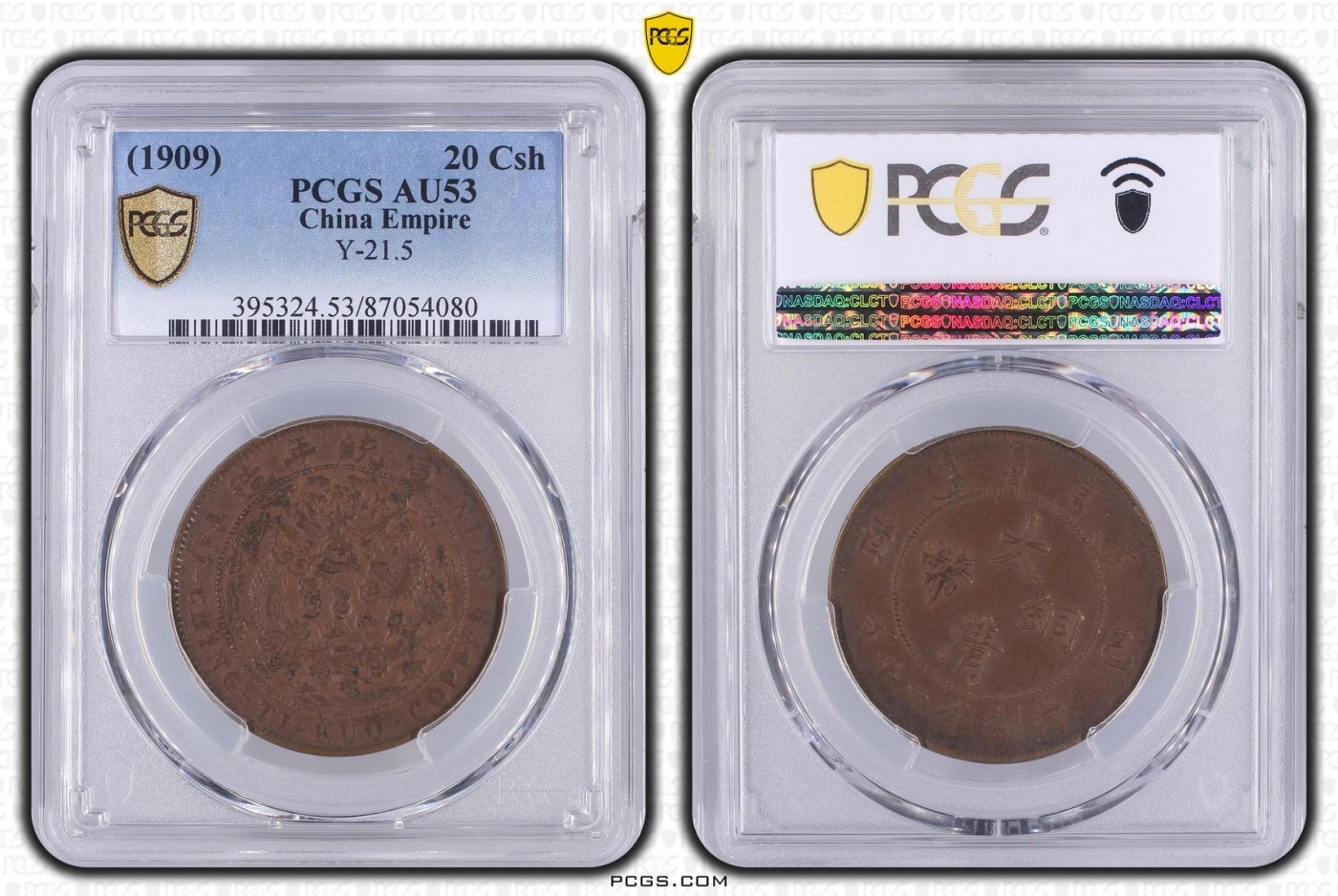
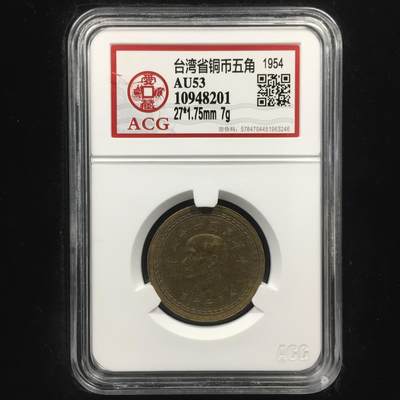
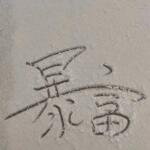



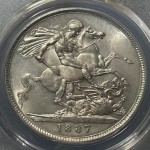

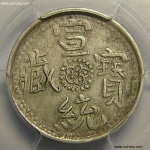

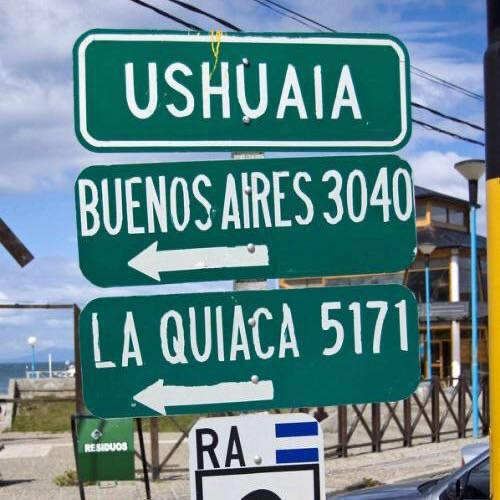







台湾省铜币五角 AU53